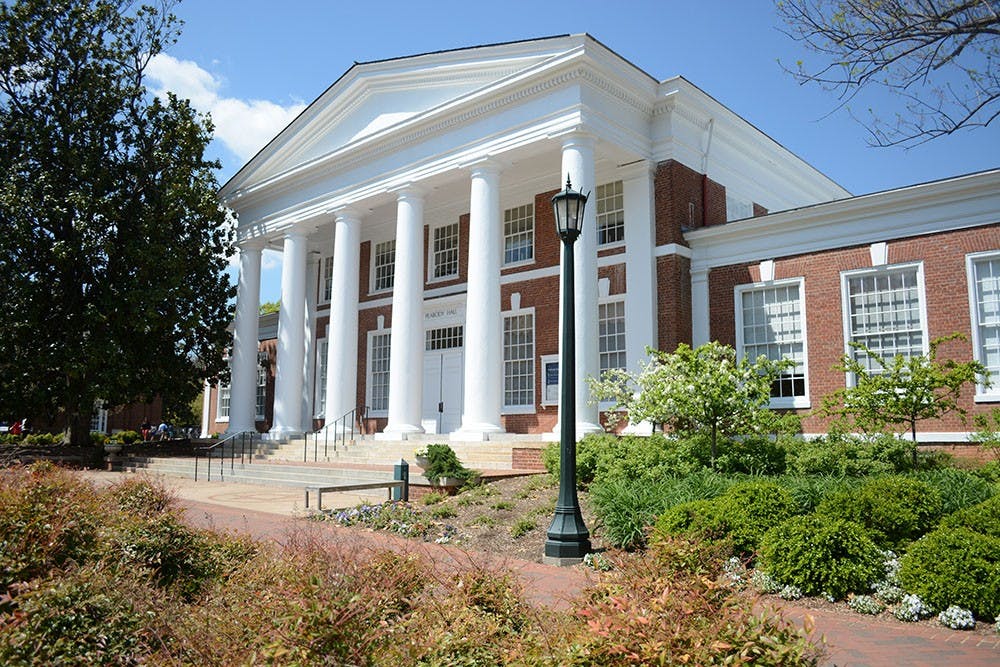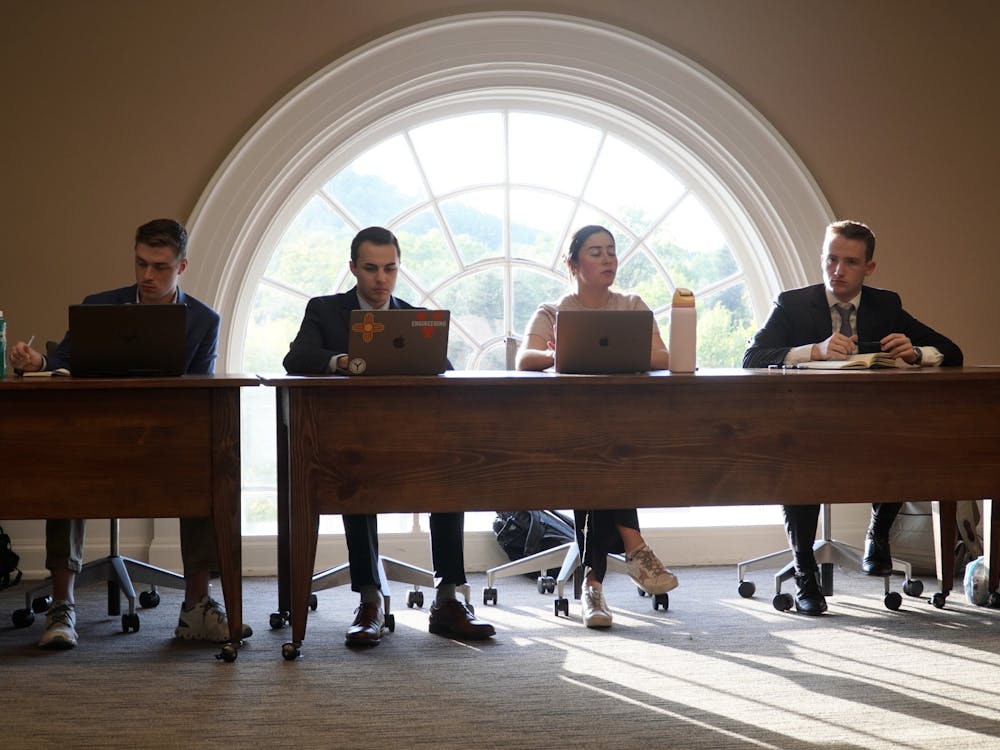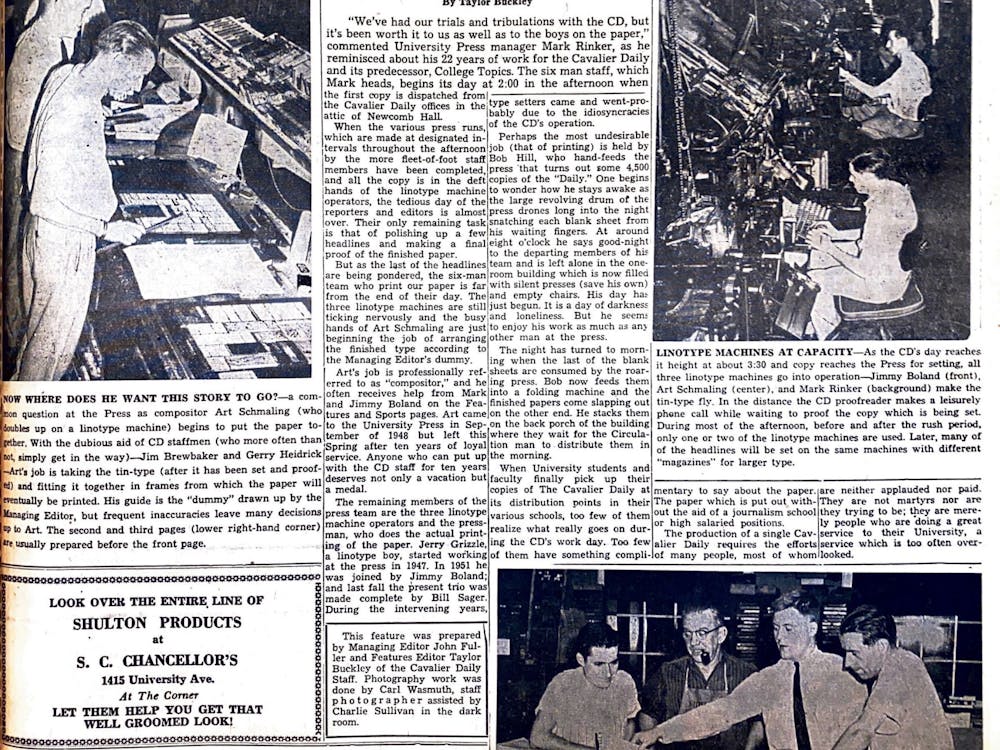Many universities have struggled to reach their enrollment totals in recent years and are planning to increase recruiting efforts for the coming application season as a result, according to a Gallup study released last week.
The web survey gathered and analyzed input from 406 admissions directors who responded to questions generated by the website Inside Higher Ed. Respondents represented 187 public institutions, 192 private institutions and 16 institutions from the for-profit sector.
Forty-seven percent of admission directors, up one percent from last year, said they are very concerned about meeting their new student enrollment goals this year, and 32 percent said they are moderately concerned, up two percent from last year, according to the study. Only 5 percent of admission directors say they are not concerned at all.
“Last year, just under 60 percent of admissions directors said they had not filled their fall class by the traditional May 1 deadline,” the study stated. “This year, that total was up to 61 percent.”
Universities which can't reach enrollment targets typically face budget shortfalls, which can lead to layoffs and cut program funding.
Contrary to the results of the study, Dean of Admissions Greg Roberts said the University has not had any problem reaching its enrollment totals in recent years.
“We have nearly 31,000 people applying for 3,700 spots in the class, so there’s not any risk of not being able to enroll the size class we want to enroll,” Roberts said.
Roberts said though the number of students graduating high school has remained relatively constant, universities across the country are increasing their enrollment goals, which is the main cause of the problem for other schools.
“I don't think that a place like U.Va. and the schools we compete with have these problems, it might be more of a problem with smaller, regional schools that are lesser known,” Roberts said.
The survey stated 58 percent of admission directors strongly agree they are very likely to increase recruitment effort, and they emphasized efforts to attract full-time students, transfer students and minority students.
Roberts said the University is always looking for ways to improve communication with students. But he said their efforts are not in response to low enrollment totals, like other schools in the survey.
“We have a terrific applicant pool that is strong and deep every year,” Roberts said. “We are always working to improve on how we communicate with students; there are always new technologies that allow for new ways to reach students. Our goal this year and every year is to reach as many students as possible.”
The study said many universities will also attempt to attract more international students primarily through “pathway” programs, which allow international students without fluent English skills to learn the language at an American university and later enroll in that university as a full-time student.
The study also reported that though the Common Application has gained popularity in the past decade, several problems were reported with the software this past year.
“Eighty-one percent of admissions directors at institutions using the service reported that their institutions had difficulties last year because of problems with the Common Application,” according to the study. “[But] only 2 percent of those using the service said that they no longer plan to do so.”
Roberts said the Common Application has worked hard to correct the issues since the 2013-14 admission cycle, and there have been no problems so far this year.
The study also discussed upcoming changes to the SAT. The College Board recently announced that they would overhaul the pre-college aptitude exam, adding a new writing test and moving away from an emphasis on "obscure vocabulary."
Most of the admissions directors, 91 percent, said they favored the changes to the test. Despite the changes, though, more universities have been going test-optional in past years. Forty percent said their colleges should have test-optional admissions policies.
Roberts said though the University considers applicants’ SAT scores, they are by no means the most important factor in admission.
“Our reviews have been consistent over the years," he said. "SAT scores are a part of each applicant’s review, but it not the most important part of the review. We are most interested in the strength of their program and how well they have done in their courses.”
At the start of the 2013-14 academic year, President Barack Obama announced plans to create collegiate ratings to help students understand more about colleges, and subjects like their costs, graduating low-income student rates and post-graduation salaries.
With the 2014-15 academic year already underway, these ratings have yet to be released. But the study reported that the admission directors have little hope for the system. Only 14 percent of the directors said they thought the rankings will help college applicants better understand their institutions.





